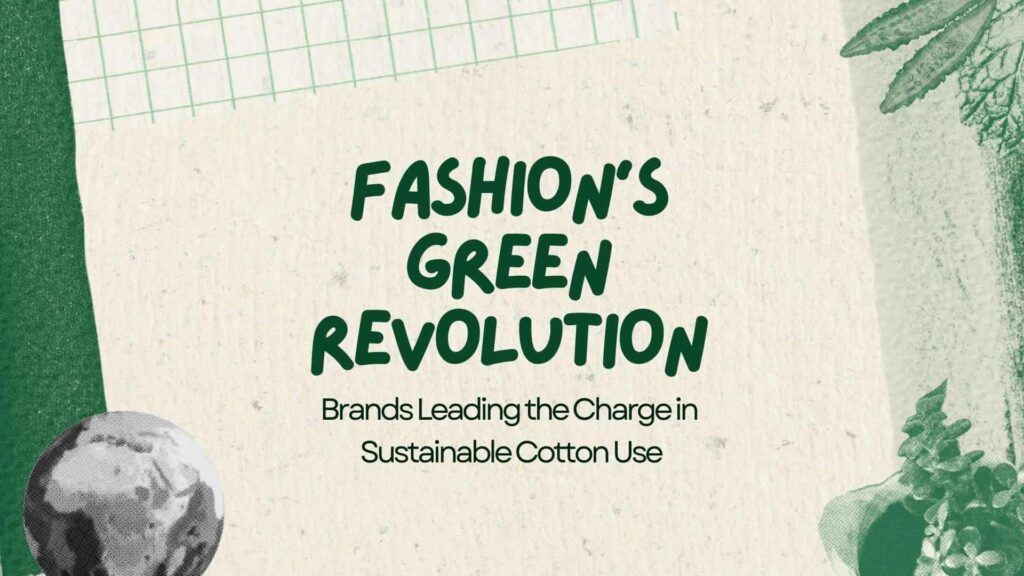Elementor #8606
Why Cotton Prices Fluctuate Cotton, often called “white gold,” plays a crucial role in global trade and the textile industry. But why do cotton prices fluctuate so often, sometimes within days or weeks? If you’re a cotton trader, textile business owner, or farmer, understanding this volatility is essential—not just for trade, but also for managing […]









